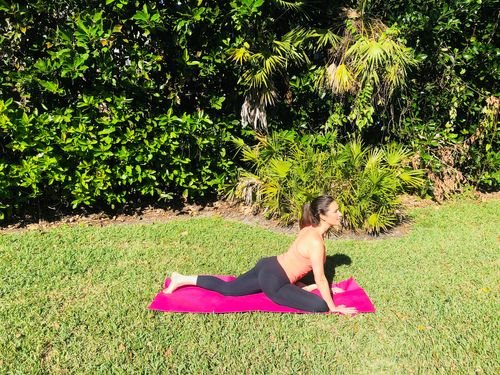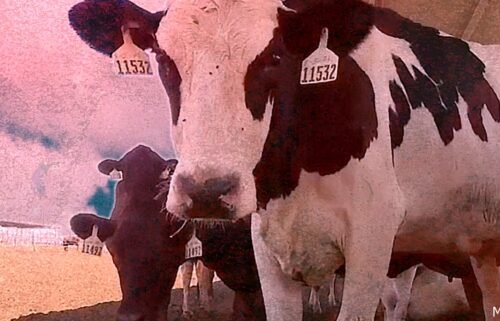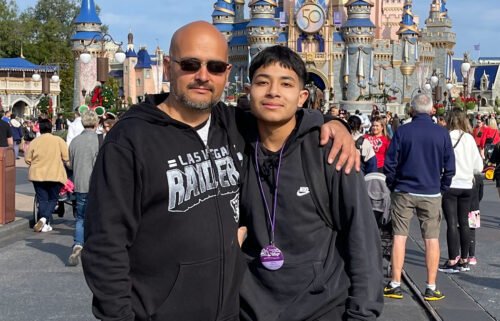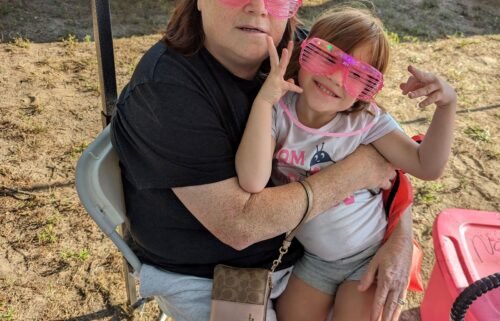Reduce fatigue with this easy yoga routine

If you’re feeling weary as 2020 comes to an end, you may be in need of some relaxation. Let’s face it: This year has been a challenge for so many. Whether it was the transition from in-person to online activities or keeping up with new health safety guidelines, countless people likely had some trouble adjusting to our new way of living. So how about we take some time for ourselves in the New Year?
Yoga is the perfect workout if you’re looking for more self-care. Studies have shown that yoga actually reduces the production of stress hormones such as cortisol. Because of this phenomenon, many people find themselves feeling at peace after a relaxing and light yoga routine.
Regularly practicing yoga can become your new stress reliever, especially if you choose the right poses. Light and simple poses are the way to go if you’re looking for a restorative routine. This type of yoga may improve fatigue and overall well-being, according to research. Because the stresses of 2020 are enough to leave you both mentally and physically drained, I’ve devised a yoga routine that pinpoints relieving stress and restoring well-being. Trust me, we all deserve it!
For each yoga pose, breathe in and out through your nose.
Subscribe to CNN’s Fitness, But Better newsletter: Get back in the groove. Sign up for our newsletter series to ease into a healthy routine, backed by experts.
Malasana
This pose is basically a squat. It opens up the hips and inner thighs.
Open your feet as wide as your hips and turn the toes out toward the front corner of the mat. Bring the palms together at your chest, and bend the knees out to the sides as you lower down into a squat. Squat as low as you can so that your butt is almost touching the floor.
Press your upper outer arms into your inner thighs to open more deeply. Take a few breaths here.
Because squatting is a natural position, you can focus on your breath and body. Being mindful of your breath while in this pose can help your body relax. Squatting also stretches your hips, hamstrings and lower body without causing strain.
After a few breaths, you’ll be on your way to balance and restoration.
Forward fold
This pose helps with restoration and stress relief.
Standing on a yoga mat with your feet as wide as your hips, slowly fold forward, hinging at your hips. Allow your arms, head and neck to dangle down.
Reach your arms toward the mat and allow your chin to drop toward your chest. You’ll feel a stretch in the backs of your legs, but if this is too intense or if your low back is stiff, feel free to bend your knees.
Hold this pose for about a minute. You can shake your head gently “yes” and “no.”
To come out of this pose, slowly roll up one vertebra at a time with your head being the last thing to come up.
For a variation, try the head-to-knee forward fold: On the mat, start by sitting down with your legs straight in front of you. Bend one leg so that your foot is flat against the inner thigh of your other leg and the knee is out to the side. Fold forward at your waist so that you are reaching for the foot that is straight in front of you. Hold for a few breaths. Then, alternate legs.
This pose is a variation of the forward bend and helps to stretch hamstrings, hips and back. By straightening one leg at a time, you’re able to gain a deeper stretch at a slower pace. This pose has been shown to calm the racing thoughts and reduce stress, helping to restore your mind from any lingering worries.
READ MORE: 5 ways to supersize your walk
Pigeon pose
The pigeon pose helps to gently open and stretch the hips and glutes.
Begin on all fours, with your hands and knees on the yoga mat. Step your right foot forward and then bend your right knee out to the side. Line up your right shin up with the front of the mat. Place your right ankle in front of your left hip.
Move your left leg so that it is straight behind you with your toes pointed. Stay upright, or walk the hands forward over the right leg.
Take a few deep breaths, and then switch sides.
This pose has been known to calm the mind and improve hip flexibility. Once again, focusing on one side of your body at a time allows for a deeper stretch. The slow pace of this pose also allows you to focus on more than the position that you’re in.
Instead, you can focus on how your body feels and the breath that enters and leaves your body. A lot of emotional energy can be held in the glutes, so many people find a release after coming out of this pose both physically and emotionally.
Shoulder stand
Elevating your legs above your head is one of the most relaxing positions in yoga. This is an advanced yoga pose; only do this pose once you’ve loosened up your body. And if you’re a beginner looking to gradually ease into a new pose, what follows the steps are instructions for a modification.
Lie on the floor with your knees bent and feet flat on the floor. Then bend your knees in toward your chest and rock backward so that your legs go over your head. Support your low back by pressing your hands into your back with your fingertips up toward the middle of your back.
Pull your abs in and bend the knees to bring them over your head and then straighten the legs up toward the sky. Squeeze your inner thighs together and point your toes.
This pose helps with shoulder and neck flexibility and has been shown to calm nerves. Because your body is above your head, blood flows to the brain, reducing fatigue and creating a calming sensation.
New to yoga, or looking for a modification? Simply lie next to a wall and reach your legs up along the wall with your low back on the ground.
READ MORE: You can do this total-body workout anywhere — no equipment needed
Reclined butterfly
This pose opens up the inner and outer hips.
Begin by sitting up on a yoga mat. Bring your legs in, bending your knees with the soles of your feet touching and knees out to the sides. Hold onto your ankles (or onto your shins if you can’t reach).
Once in this butterfly position, recline your upper body so that you are lying on the mat. Keep your hands straight out to the side or on your stomach. Take a few deep breaths.
In addition to increasing hip flexibility, the reclined butterfly also helps to bring your body into a calm state. Because you are laying down while stretching, your body is more likely to relax, allowing you to focus on your breathing.
Commit to de-stressing in the New Year. Take a break from intense workouts by doing these poses once a week or anytime you just need some relaxation.




